Rubber Stamping – Book Review
Written and illustrated by Stephen Fowler
Published by Laurence King Publishing ISBN – 978 1 78067 865 8
Reviewed by Simon Whittaker
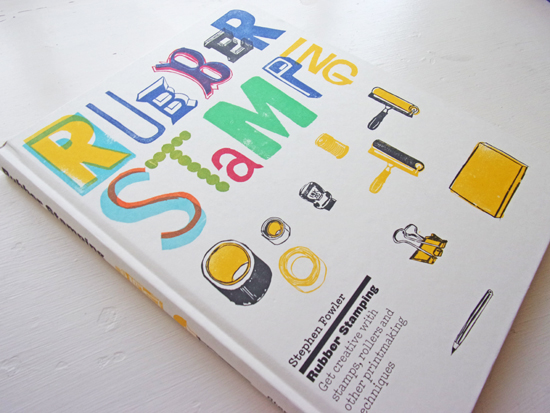
From the first time I had a go at pulling a print on the press at college, through days spent at university in the screenprinting studio, I’ve had a love for print. But the problem with these forms of printing is the equipment, the chemicals, the space required, the costs involved. Before my eldest was born I started looking at cheaper, more accessible ways to make prints. I invested in a set of gouges and a stack of lino. To this day I’ve not had chance to use them, so I was very excited when I was given the chance to review this guide to rubber stamping, giving me a good excuse to dig them out and get my hands dirty.
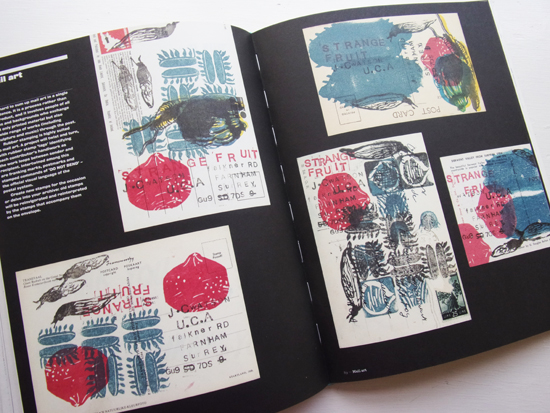
At A4 size and with 160 pages, it holds a lot of information. The foreword by Rob Ryan, and the introduction by the author give a great overview of the power and history of rubber stamping, before running through a selection of materials and tools needed to get started. Crucially, they’re all easily obtained, and all fairly inexpensive.

A few basic techniques are covered, starting with an exercise I’m very familiar with from my school days, when not paying attention in maths, but instead drawing and carving patterns into the side of plastic erasers, before painstakingly colouring them in with fountain pen and stamping them in the back of an exercise book.
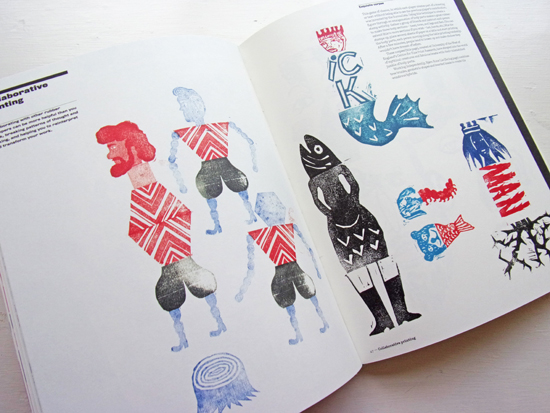
It moves quickly on to demonstrate multi-coloured printing – and the tricky process of keeping the different images in registration – and reduction printing: the sort of all-or-nothing, no-going-back approach that gives the more digitally-focused, “undo” button hovering types amongst us a panic attack, or at least a major headache.
The middle section of the book is given over to a huge list of ideas for potential projects, from repeat and applied patterns, working with type, to printing with more unusual mediums like bleach and onto bodies instead of paper, while the final section explores some different ways to explore mark making and printing with different materials, such as plaster and vegetables, and creating postcards and books in different forms with the prints you make.
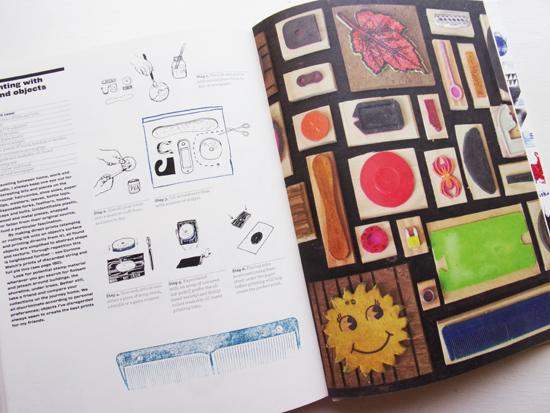
This is an excellent book for learning the basic techniques of rubber stamping, and they’re simple and versatile enough that, once mastered, you can then apply and use them in a number of different ways. It’s a great way to get away from a computer screen to make something with a less clean, polished “digital” look. Although the possibilities of combining the imperfect, happy-accident results of a potato print with the infinite layers, blending modes and colour-changing abilities of your chosen software are just waiting to be explored.
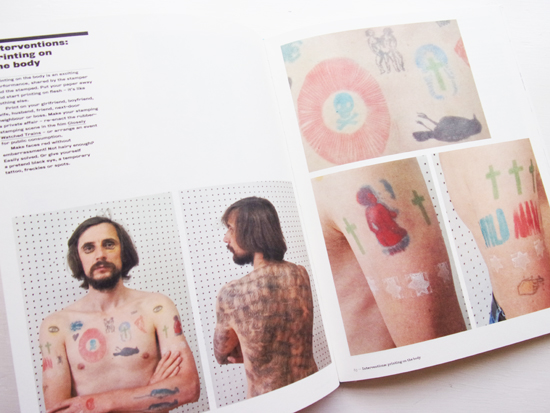
If you liked this book then you may enjoy these:
Drawing People – The Human Figure in Contemporary Art
Draw Paint Print like the Great Artists
Back to News Page
